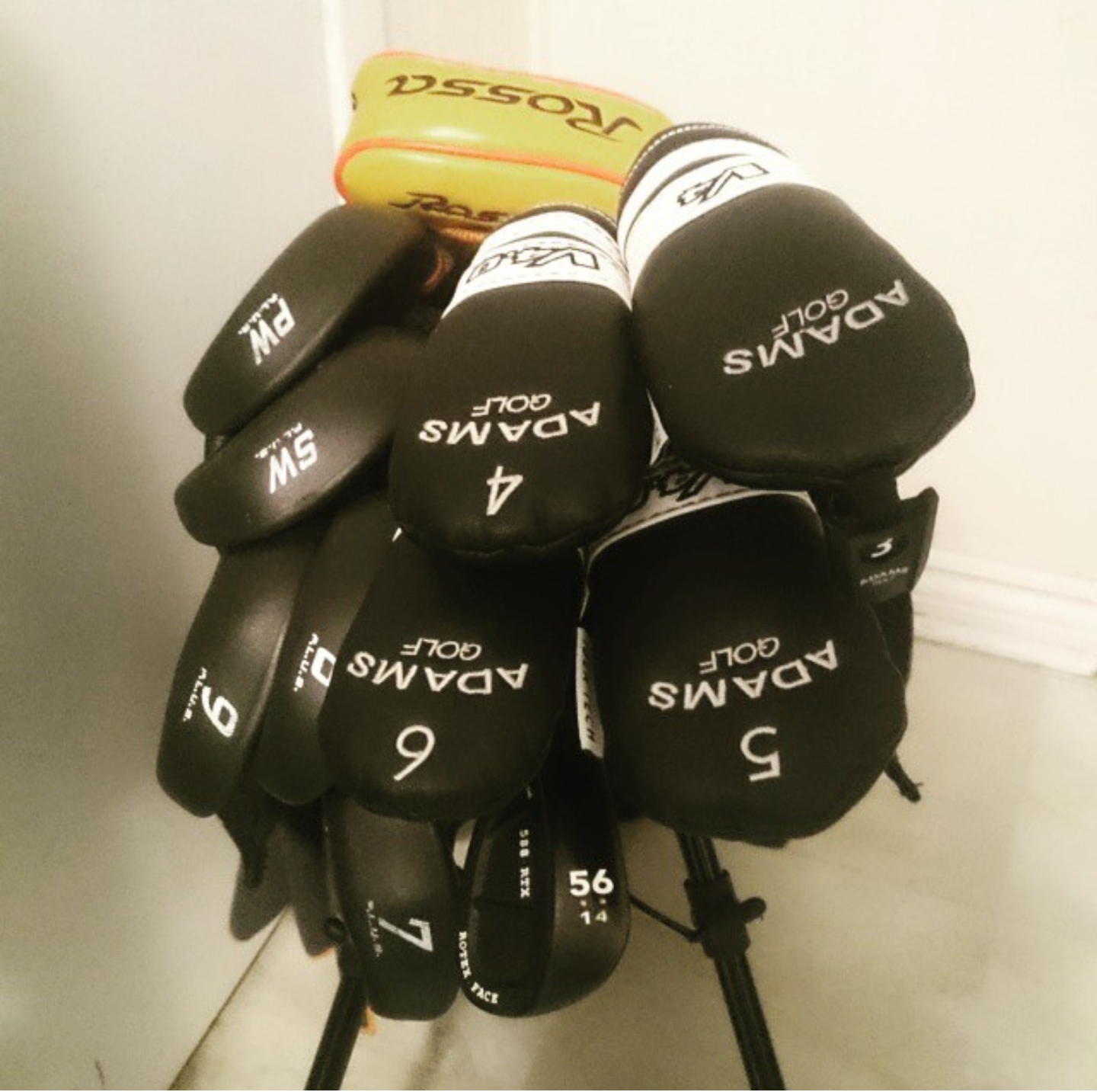First swings
(if you haven’t read the previous Starting from Scratch posts, I strongly suggest that you do)
When you first begin developing a swing. It helps if you know someone who already has a set of clubs that you can borrow at the range. Fortunately for me I did. At this point the absolute worst thing that you could do is go out, and buy a random set of clubs. Chances are that you will select a set that isn’t right for you at all.
While you are at the range, practice swinging with a 7 or 8 Iron. Whichever feels more comfortable for you. Why a 7 or 8 Iron instead of something that hits the ball much further you ask? Because it’s far easier to make contact with shorter length clubs. Plus the lofts look far more natural to the eye than Wedges. In my experience the 7 or 8 irons are the best clubs to practice with when developing a swing.
Something I should mention right now. Any recommendations I make are based on personal experience. Additionally I further qualify my findings with friends who utilize the same methods. There are 4 of us who have all taken up golfing within the last 3 years. The hints, and instructions I pass along to you have worked for all of us.
Your first few times out to the range, you should only be using whichever Iron you selected as your practice Iron. Keep working on your swing until you are able to make decent contact at least 75% of the time. Once you feel confident swinging that club. Make your way over to your local Golf equipment store that has a simulator. Most of them do these days. Ask to try a bunch of Irons in the size you selected. Make sure to inform the Sales Associate that you are new to Golf, and would only like to test Game Improvement Irons. Now this is key, don’t rush anything! Take your time, and don’t feel pressured to purchase anything at this time. I’ve been in simulators for over an hour testing clubs, and the Sales Associate didn’t even bother me. Most of these places offer commissions on equipment Sales, so it’s in an Associate’s best interest to let you figure out what works for you. Swing each club many times, and pay close attention to how it feels throughout the swing. How does it look to you at address? Does it produce a favourable ball flight? Don’t worry too much about the distance at this time. A repeatable flight path, with a consistent launch angle is far more important. Make note of your top 3 performers, and call it a day.
You have now completed the first step to assembling your first set of clubs. Actually your first partial set to be exact. Where your set begins has a lot to do with your budget. Keep in mind though that spending more in the beginning is usually a mistake. Truth be told some of the more expensive golf sets won’t improve your game. In fact they will do the opposite. I recently watched a brand new Player testing Irons. When I say brand new, I mean he routinely sliced his 7 Iron with an average carry of 60 yards brand new. This guy was practically pulling his hair out in frustration trying to hit some shiney new Taylormade P750 tour Irons. That’s like a first time Driver being given a Lamborghini to drive to work. It just doesn’t make any sense at all. Golf is one of the few things in this world where the more expensive product won’t automatically be better. Choosing the right equipment, and in this case Beginner equipment will make the game far more enjoyable, and easier to learn.
Beginner’s guide to Golf

